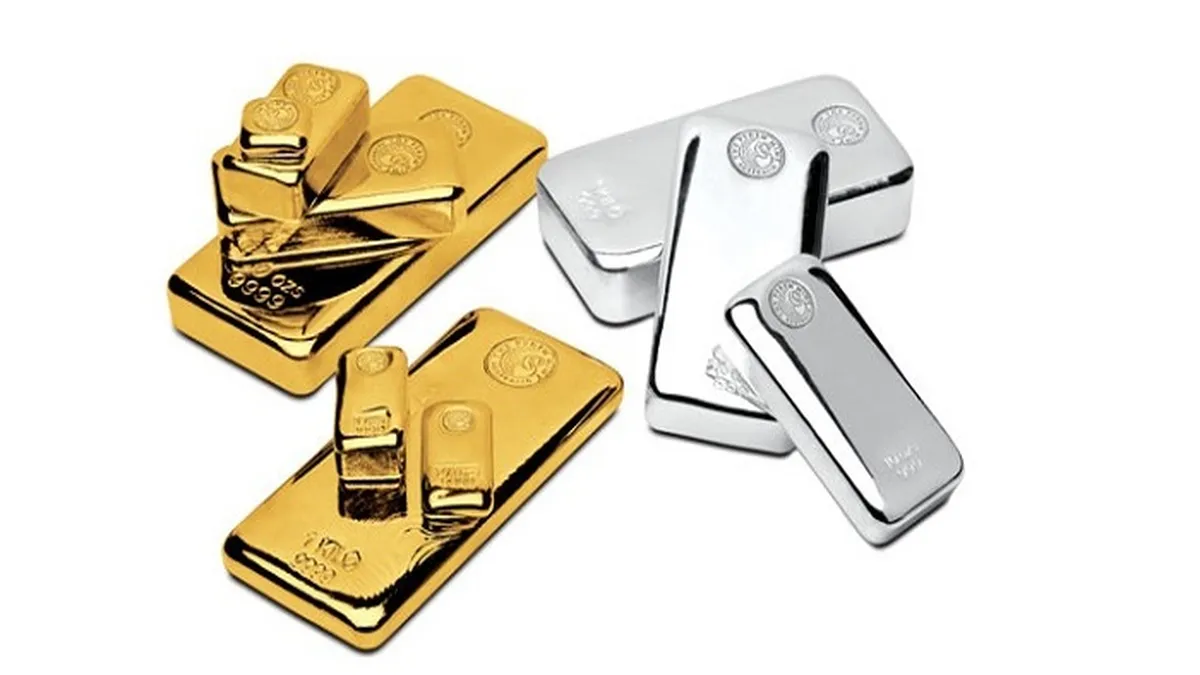Platinum is a silvery-white precious metal with extremely high density, strong corrosion resistance, and excellent catalytic properties. Its density is 21.45 g/cm³, higher than gold’s 19.32 g/cm³. Its melting point reaches 1,768°C, far exceeding gold’s 1,064°C, making platinum irreplaceable in high-temperature industrial applications. Additionally, platinum boasts outstanding ductility and electrical conductivity, making it a crucial material in high-end industrial and jewelry manufacturing.
Platinum vs. Gold
Although platinum is rarer than gold, its lower price is the result of multiple factors, including market demand, supply structure, and investment market dynamics.
1. Differences in Market Demand
Gold has stronger financial attributes. Since ancient times, gold has been a globally recognized safe-haven asset, used by governments, institutional investors, and individuals as a hedge against inflation and economic turmoil. The gold market is highly liquid and supported by a mature derivatives market.
In contrast, platinum is more industrially oriented. Its primary demand comes from industrial sectors, particularly automotive catalysts, chemical catalysts, and the electronics industry. As a result, platinum prices are more influenced by economic cycles and industrial demand, with relatively weaker financial investment demand.
2. Different Supply Structures
Gold supply is more stable. Gold comes not only from mining but also from significant recycling sources, such as old jewelry and electronic waste, diversifying its supply channels.
Platinum supply, however, is highly concentrated. About 80% of the world’s platinum is produced in South Africa, where mining is frequently disrupted by power shortages, labor strikes, and other factors, leading to unstable supply. Yet, due to fluctuating industrial demand, supply issues do not always drive prices higher.
3. Divergent Investment Market Maturity
Gold has a mature global trading system. Markets like London gold and New York COMEX gold futures provide high liquidity. Platinum, however, has relatively limited investment channels, primarily relying on physical platinum, platinum bars, or a few exchange-traded products.
Platinum’s Uses and Investment Value
Despite its lower price compared to gold, platinum’s unique applications and investment value should not be overlooked. In terms of uses, platinum is widely employed in automotive exhaust purification systems, electronic components, medical devices, and chemical reaction catalysts. These applications ensure stable and growing demand, providing strong support for platinum’s market value.
From an investment perspective, platinum, as a rare precious metal, holds long-term value preservation and appreciation potential. Its relative scarcity in supply makes it more valuable as an investment compared to gold. Additionally, with increasing environmental regulations and advancements in automotive technology, platinum’s role in exhaust purification systems remains promising, further bolstering its investment appeal.
Of course, platinum investment also carries risks. Due to its complex demand structure and susceptibility to various factors, platinum prices can be highly volatile. Investors should thoroughly understand market trends and risks and develop sound investment strategies when considering platinum.

